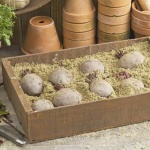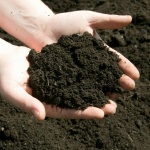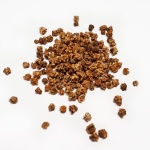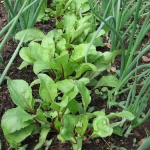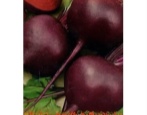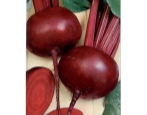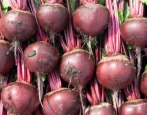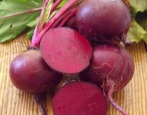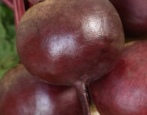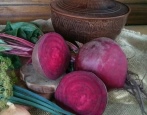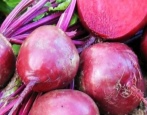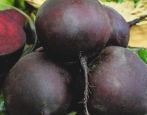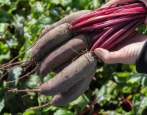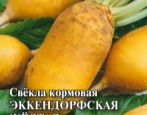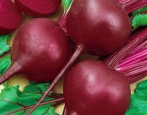
- Authors: Holland
- Name synonyms: Taunus
- Year of approval: 2014
- Leaf rosette shape: semi-upright
- Leaves: oval, green to dark green with red veins, slightly bubbly, low to medium waviness of the edge
- Petiole: bottom side red
- The form: cylindrical
- Weight, g: 193-380
- Cork head: weak
- Pulp color : red
Taunus is a beet variety developed by Dutch breeders. This hybrid was approved for use in 2014, and in Russia it is not yet very popular. There is not much information about the variety, but based on the experience of some Russian gardeners who tried to grow the Taunus variety on the site, it is possible to note the peculiarities of this beet and highlight the basic rules of agricultural technology.
Description of the variety
The main advantage of this variety is its excellent marketability, amounting to 87-96%. Root crops retain their keeping quality for a long time, without losing marketability and taste, so they are suitable for winter storage on a balcony, in a refrigerator or box. Recommended areas for growing the Dutch hybrid are Central and Volgo-Vyatka.
Characteristics of the appearance of the plant and root crops
The rosette of leaves is semi-erect, the leaves are green with red veins, oval in shape, have wavy edges and a red petiole. The root crop develops in a cylindrical shape, its weight is about 190-380 g, the skin is maroon, smooth, the flesh is red.
Purpose and taste of tubers
Taunus beet pulp is juicy, with weak rings, sweet taste, contains a lot of useful substances. Consumers appreciate the taste of this vegetable and prefer to use it mainly for culinary processing and canning.
Maturation
From the moment of emergence to harvest, it takes about 120-125 days, which is typical for varieties with a late ripening period.
Yield
This is a high-yielding variety that can please the gardener with root crops in the amount of 363-583 centners per hectare, so the hybrid can be grown not only for personal consumption, but also for commercial purposes.
Growing and care
For planting Taunus beets, choose fertile, pre-calcified soil that is already well warmed up. The garden bed should be abundantly illuminated by the sun. The optimal time for sowing is late April - early May. Plant the beets in a 6x30 cm pattern. Leave 10 cm between the bushes during the thinning procedure.
Subsequent care consists in weeding, watering, feeding, loosening. Some summer residents recommend replacing loosening with mulching. Chopped dry grass is suitable as mulch, it is laid out between the rows, where it retains moisture for a long time. Watering the presented hybrid is required as needed, that is, one should focus on the weather and climatic conditions in which the Dutch guest is grown.
Mineral fertilizers are applied once before planting. Their reuse will be relevant only if the vegetable has somewhat stalled in growth. For preventive feeding, herbal infusions or yeast-based fertilizers can be used. A couple of times per season, the plant can be watered with salted water or a complex mixture, for example, "Makbor", can be added. However, this culture tends to accumulate nitrates, and therefore it is better to give preference to natural feeding.
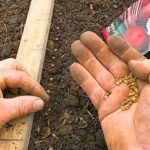
Beetroot tolerates cold snaps, therefore it is widely grown in the open field. When planting beets, you need to correctly determine the sowing time, choose a suitable place, prepare the beds, and do pre-sowing seed treatment.
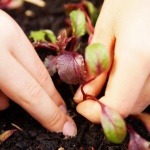
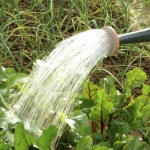

Review overview
Gardeners highly appreciate the productivity of Taunus beets, its excellent taste and lack of fibers, versatility of use, as well as an excellent presentation, but some summer residents still notice that after harvesting the tubers become soft. In this case, it is recommended to use root vegetables, for example, for making vinaigrette.
According to gardeners, this foreign hybrid has adapted well to Russian conditions and does not require special difficulties in cultivation. Nevertheless, the variety is not so popular in Russia, which can be explained by its too narrow zoning zone, as well as the difficult availability and high cost of seeds.
